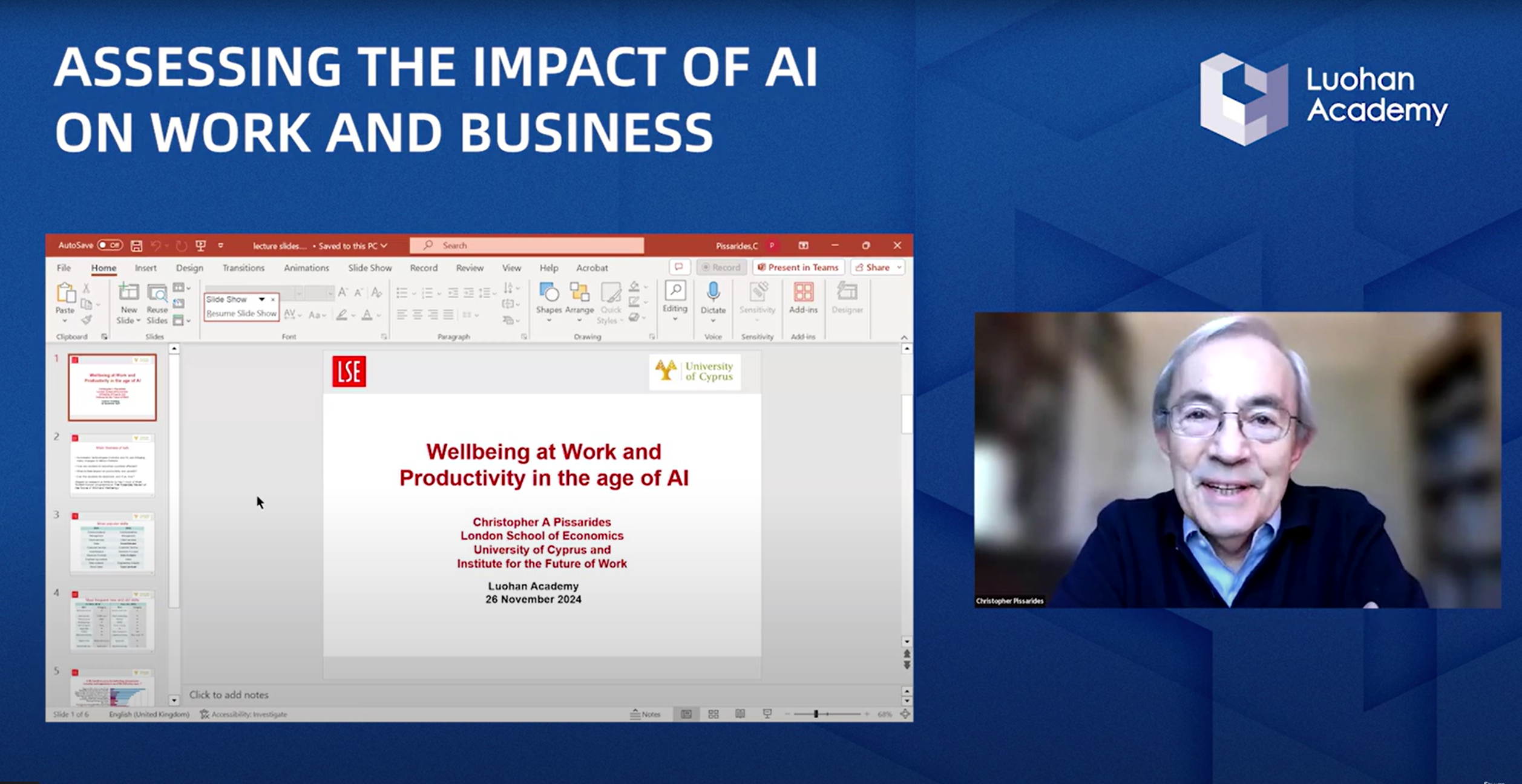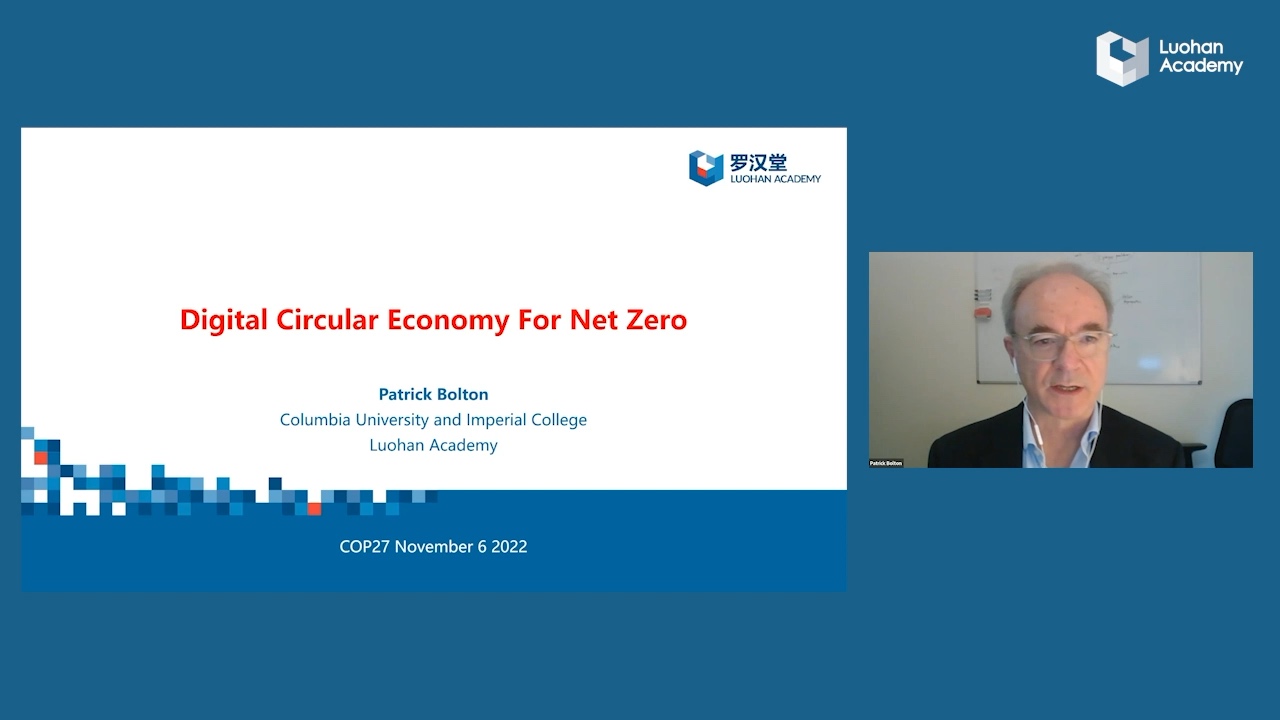How to measure the welfare of the world? Using GDP is a widely-accepted proxy. However, as the digital economy spreads rapidly, challenges arise when using conventional GDP to measure welfare.
The digital economy is featured by providing massive zero-price goods. These goods are not incorporated in statistics of GDP. In a formal way, GDP measures the quantity and price of output. It is easy to aggregate GDP across industries and regions. It is also possible to compare GDP in different countries. But GDP views zero-price goods as zero value, which underestimates the gross welfare. What is more, GDP does not take account of innovation that brings high-quality products but simultaneously reduces prices. Simon Kuznets (1934), the creator of GDP, also agrees that,
“The welfare of a nation can scarcely be inferred from a measurement of national income as defined [by the GDP].”
Brynjolfsson et al (2019) propose a new framework to measure welfare in the digital age. They label it as GDP-B, benefits with free goods and going “beyond GDP.” After running incentive-compatible discrete choice experiments on a representative sample, they find that Facebook contributes 0.05-0.11 percent to GDP-B growth in the US. Their estimates derive from respondents’ willingness-to-accept (WTA) price that measures how much a respondent agrees to be compensated for giving up Facebook for one month. The median value for WTA price is USD 42 per month, which translates to USD 16 billion per year in the US.
In a more recent work, Brynjolfsson et al (2019) admit that GDP-B metric is in the middle of GDP and happiness assessments. This method is not perfect as it is nor comprehensive nor precise as GDP. But it does provide a new angle to improve the current method in quantifying well-being.

Their work sheds light on how to gauge welfare from zero-price goods, a hidden area in GDP. A related study by Aghion et al (2019) argues that GDP growth has been underestimated because of innovation. They point out that the fall of price from innovation is omitted in the current methodology to impute inflation. This method ignores improvement from creative destruction as it draws inflation from surviving products. It results in a higher inflation level than what it should be. Thus, the real GDP growth --- nominal GDP growth minus inflation, is underestimated due to innovation.
The emergence of the digital economy calls for a new method to quantify social welfare beyond GDP. From a broader perspective, the contribution of innovation is not properly reflected in GDP. Using GDP as a proxy for welfare is becoming insufficient, a more complex and comprehensive economic term is needed.
Reference:
Aghion, P., Bergeaud, A., Boppart, T., Klenow, P. J., & Li, H. (2019). Missing Growth from Creative Destruction. The American Economic Review, 109(8), 2795–2822. https://www.aeaweb.org/articles?id=10.1257/aer.20171745
Brynjolfsson, E., Collis, A., Diewert, W. E., Eggers, F., & Fox, K. J. (2019). GDP-B: Accounting for the Value of New and Free Goods in the Digital Economy. SSRN Electronic Journal. https://doi.org/10.2139/ssrn.3356697
Brynjolfsson, E. and Collis, A., (2019). How should we measure the digital economy? Harvard Business Review. https://hbr.org/2019/11/how-should-we-measure-the-digital-economy









